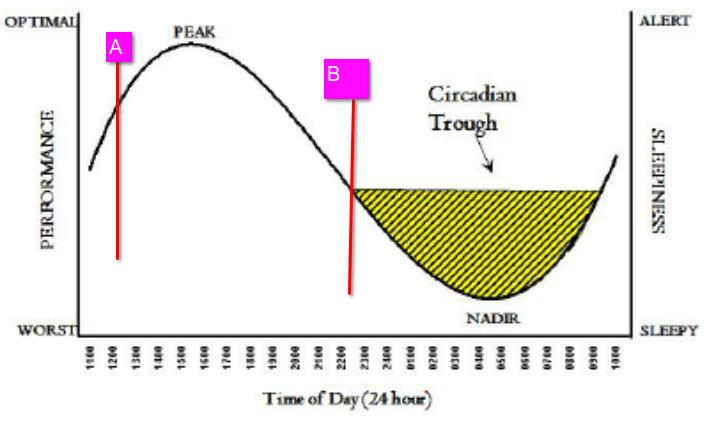3 hours from ingesting sulforaphane to peak plasma level, 2.2 hour half life. Total elimination is reached in the 12th hour post-ingestion:
Sulforaphane - role in aging and neurodegeneration 2019 ncbi.nlm.nih.gov/labs/pmc/a...
"Absorption, distribution, metabolism, and elimination
Due to sulforaphane’s small molecular weight and its relatively high lipophilicity, it is rapidly absorbed in the jejunum across the enteric cells after oral administration (Petri et al. 2003). It reaches the highest concentrations in plasma 3 h after consumption (approximately 0.9 μmol/L), and slowly decreases after the second hour, having an approximate half-life of 2.2 h (Hanlon et al. 2008; Hu et al. 2004; Cramer and Jeffery 2011). When SFN is in the cells, it is metabolized by phase II and III enzymes, for example, glutathione S-transferase (GST) to form conjugated products such as sulforaphane-glutathione (SFN-GSH), sulforaphane-cysteine (SFN-Cys), sulforaphane N-acetyl cysteine (SFN-NAC), and sulforaphane-cysteinyl-glycine (SFN-CG), which are thought to be important for the activation of several SFN biological effects (Clarke et al. 2011). The primary sulforaphane metabolism sites are the intestinal walls; the liver, where it is conjugated with GSH; the kidney, where it is conjugated with NAC; and the bladder (Verkerk et al. 2009) and is accumulated mainly in those same organs, and in lower concentrations in plasma, skin, and lung tissues (Bricker et al. 2014). The excretion rate is higher at the 6th hour after administration (Atwell et al. 2015), excreting in urine SFN-NAC as a principal metabolite, and total elimination is reached in the 12th hour post-ingestion (Cramer and Jeffery 2011)."
In previous posts we have talked about how sulforaphane may amplify the circadian rhythm and therefore needs to be administered at a specific time (or else we may be counteracting our circadian rhythm). There was also a concern about the half life of sulforaphane being too long and lingering to mess with our circadian rhythm. if this paper is right, well maybe that is not a concern.
So... this makes me think if I take my sulforaphane early...
Take it at 8 AM and it will hit peak at 11 AM, be at half strength at 1 PM, and only a quarter strength at 3 PM. I don't know how long it is from peak plasma level to affecting clock genes and then amplifying the circadian rhythm. I'm hoping that part is quick (hope is not a plan).
I am trying to get up with the sun. Tomorrow dawn is 7:20 AM, so I will put my Koyah near my alarm clock and see if I can get the sprouts into me at near dawn.
I've gone to just tossing 2 grams of Koyah freeze dried broccoli sprouts in my mouth and having a tiny sip of water in the morning. I have no idea how much sulforaphane I am getting this way, but it makes the timing really easy.

